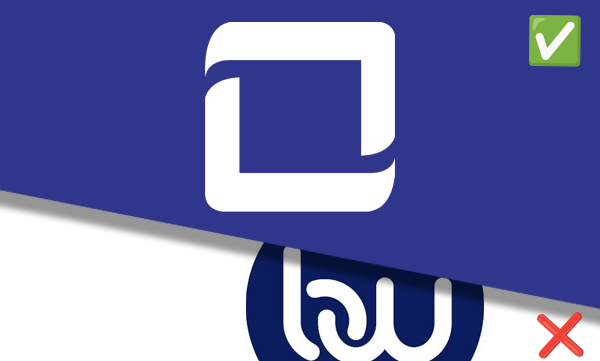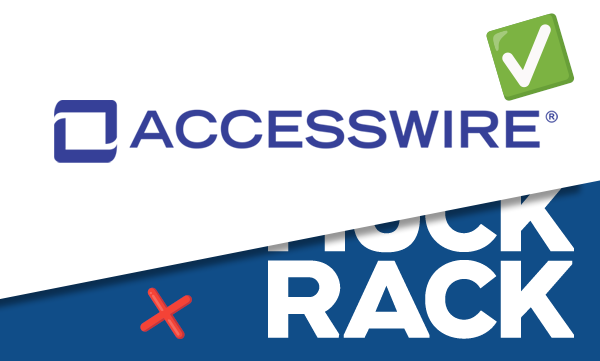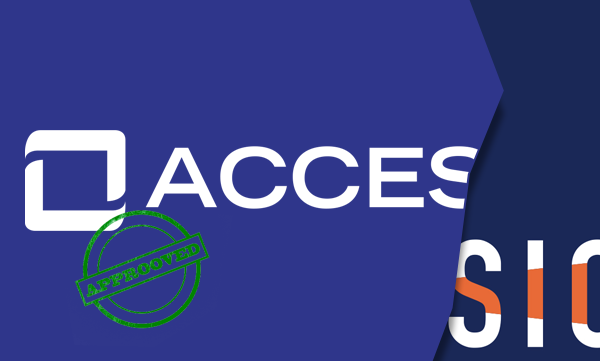Can press release distribution help you reach your target audience?
The short answer to this question is, “yes.”
But to make the most of your press release distribution efforts, you need to understand, “why.”
In this blog post, we answer:
- What is a press release?
- When and why should you use a press release?
- What’s in a press release?
- Press release FAQs

What is a press release?
A press release is an official announcement an organization sends to announce something newsworthy.
It could be news about an event, hiring a new employee, the release of industry data, etc.
The goal is to expand the brand’s reach and connect with the press and public.
Public relations professionals would much rather their campaigns be about positive news for the brand.
However, there are instances when a release plays a pivotal role in crisis communication to address and mitigate negative outcomes.
When and why should you use a press release?
As we briefly mentioned, there are plenty of reasons an organization can send a release.
Common topics include but aren’t limited to:
- Product launch
- Company milestone
- Quarterly earnings
- New employee
- Events
No matter the topic, your goal is to share something newsworthy with your target audience and the press.
Sharing this information can help amplify the message and expand your reach.
And, as you know, in today’s media landscape, the more positive attention you can attract for your brand,
the better.
Standing out from competitors in your industry as a leader can help you gain the trust of journalists.
As a result, you may become a go-to source for their articles.
The relationships you build and nurture with journalists are a win-win for all parties involved.
They fill their article pipeline, and you secure earned media coverage that boosts your awareness, generates leads, and ultimately fuels growth and sales.
What is in a press release?
Well executed campaigns follow a proper press release format and use the inverted pyramid.
Your campaigns should include:
Attention-grabbing headline
Your headline is the first thing readers see and either gets people to click or scroll.
Make sure your headlines strike a balance between being concise and intriguing. Read our press release headline blog for some tips.
First Paragraph
Your opening paragraph is where you’ll place the dateline and share a brief overview of the news you’re sharing. This paragraph should address the who, what, when, where, why, and how.
Body Paragraphs
Your body paragraphs give you the chance to support your main message with additional details.
Keep these paragraphs focused on your message and keep them concise.
You’ll also want to include a quote from a c-suite executive or a topic matter expert in your organization.
The quotes should align with your overarching message and add credibility to your press release.
Boilerplate
What is a boilerplate in a press release? It’s a condensed about us section and our blog "What is a Press Release Boilerplate and How Do You Write One?” covers everything you need to know.
Contact Information
Every campaign needs to have your media contact details, such as name, title, phone number, and email.
Press release writing tips
Stay focused.
Focus on one topic per campaign.
Address the facts and statistics and share important details regarding your news.
Focusing on one topic keeps readers engaged and helps journalists better understand your news so they can cover it.
Proper press release format.
As mentioned before, the format matters. Follow this structure to make it easy for the press and public to read your news:
- Headline
- Subheadline
- Dateline + opening paragraph
- Body paragraphs + quote
- CTA
- Boilerplate
- Contact information
Easily digestible language.
Include easy-to-understand language, use active voice and avoid jargon. Using simple language improves the readers' understanding of your news.
Include multimedia.
Your press release should include high-quality multimedia whether it’s an image, video, or both.
Multimedia enriches your content and provides a shareable element to your news.
Press Release Examples
Now that we’ve covered the different elements and the proper press release format, it’s helpful to see them come together.
Here are three press release examples.
- ACCESSWIRE Earns 17 Badges Including 5 Leader Badges in G2’s Summer 2024 Report
- ACCESSWIRE, Leader in Press Release Distribution, to Sponsor PR Daily Media Relations Conference
- Issuer Direct Announces the Launch of the ACCESSWIRE Media Suite, an All-in-One Solution for Media Engagement
Press Release FAQs
1. What is the purpose of a press release?
A press release is a tool used by organizations to share news and updates with a specific audience.
It provides companies with a means to communicate information to the masses.
2. What is the difference between a news article and a press release?
Some key differences between these two pieces of content are:
News articles are typically unbiased and cover the facts of an event. They’re meant to inform and empower readers with information.
Press releases, on the other hand, require a more strategic touch as organizations use them to secure positive earned media coverage or mitigate the collateral damage of a crisis.
3. Who writes a press release?
Anyone can write a one; however, they’re commonly written by a public relations professional within an organization or one that’s representing a company.
Are you ready to share your news?
At ACCESSWIRE, what you see is what you get.
We offer flat-fee pricing, comprehensive distribution options, and around-the-clock customer service support.
If you have news to share, we’re ready to amplify it for you.
Explore our distribution options.






Similar Blog Posts



PRODUCTS
ACCESSWIRE | All Rights Reserved

